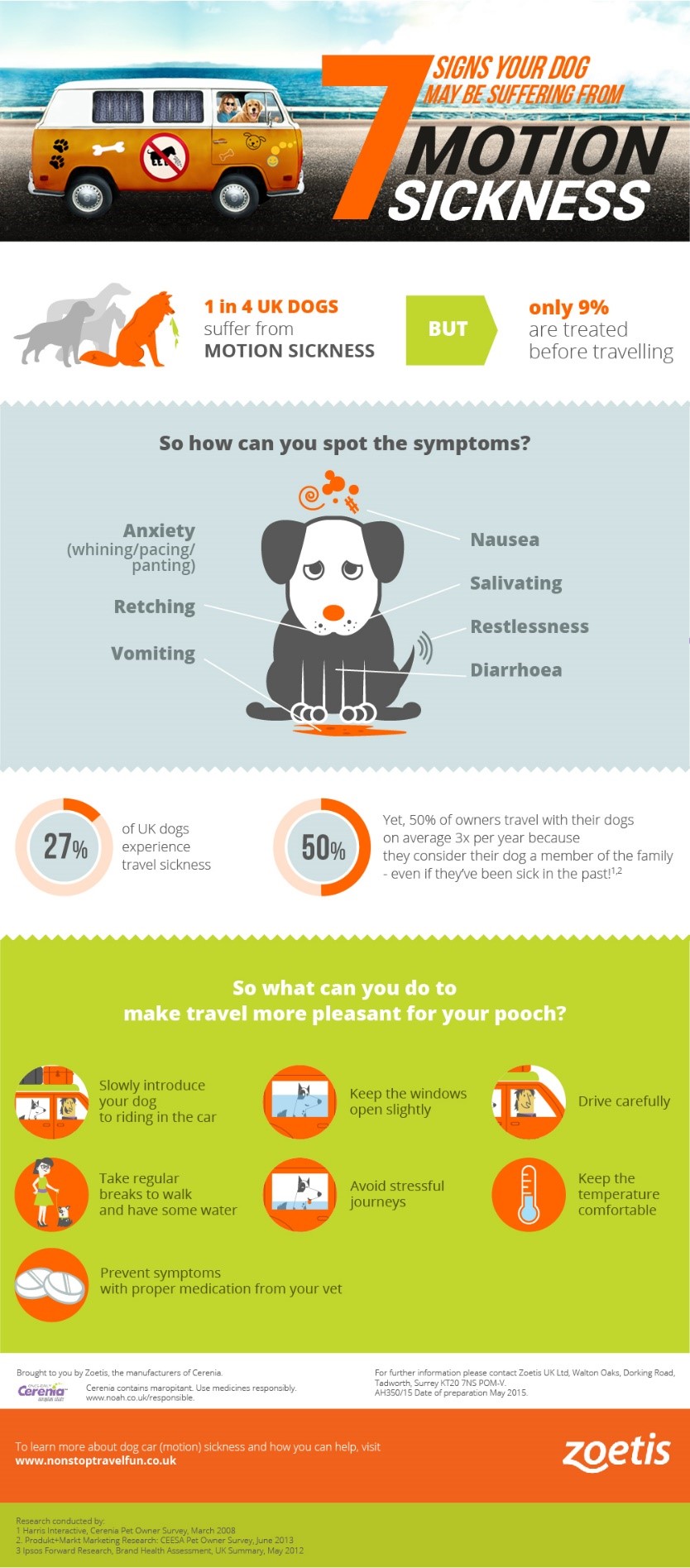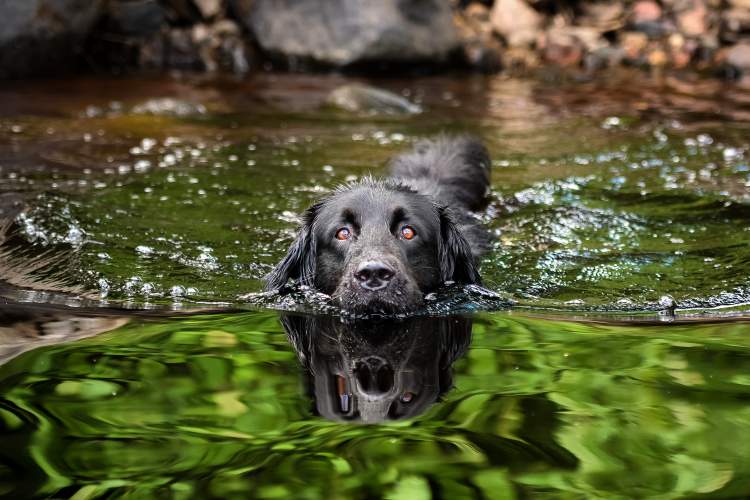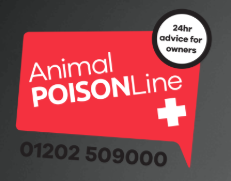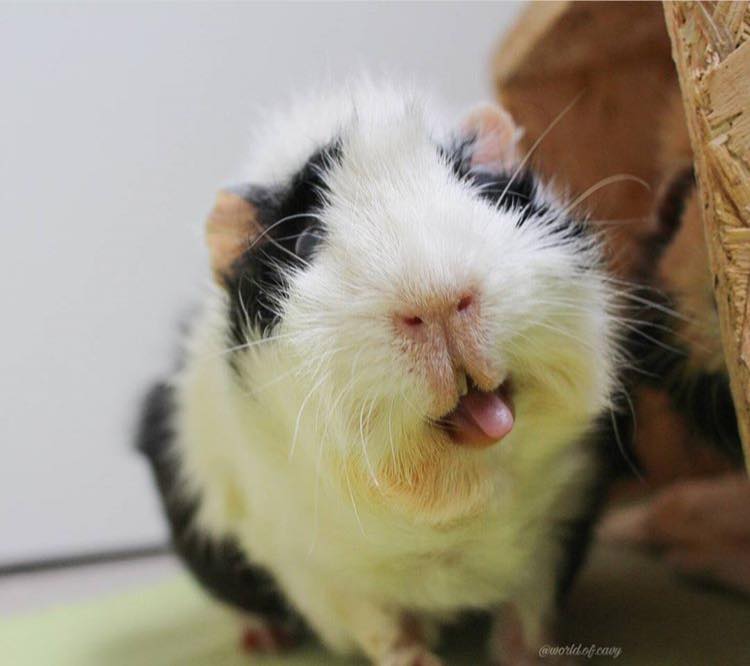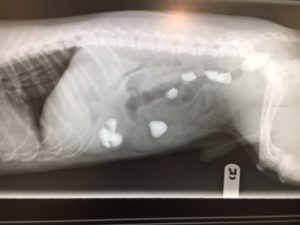7 Tips For Motorway Travel With Your Dog.
- The ins (and outs) of preparation…
It’s best to avoid disrupting your pup’s normal feeding schedule, so try to set off two or three hours after Fido has feasted. The aim of the game is to allow time for your pooch’s stomach to settle. A car sick passenger is no fun, two legs or four.
If that doesn’t fit your schedule, it’s okay to feed your dog on your journey. But find somewhere to stop and let your pup eat from their normal bowl. Dish out a smaller portion than normal and allow thirty minutes or so before resuming your journey.
Oh and you don’t need reminding to make sure any calls of nature are answered before you get moving, do you?
- A blanket. In fact, make that two.
You want your pooch to be comfy, hey? Besides, a little familiarity goes a long way.
- One or two familiar toys
On short journeys dogs get excited. On long journeys dogs get bored. And boredom is one of the biggest causes of misbehaviour. Pack some distraction. One or two of your pup’s favourite chew toys – or a long-lasting, treat-dispensing toy – should keep mind and mouth occupied during the long miles. Word of warning? It’s probably best to leave the squeaky toys at home. After 100 miles it might just begin to grate.
- A doggy seatbelt or crate
Crating your dog can be a divisive issue among owners. But it’s worth remembering that your pup is unlikely to mind. And when it comes to motorway travel with dog in the back, it’s an important safety measure – for both of you. Alternatively you could consider a doggy safety belt. Either way it’s safer than having your pup roaming the backseats while you’re driving at 70mph and trying to concentrate.
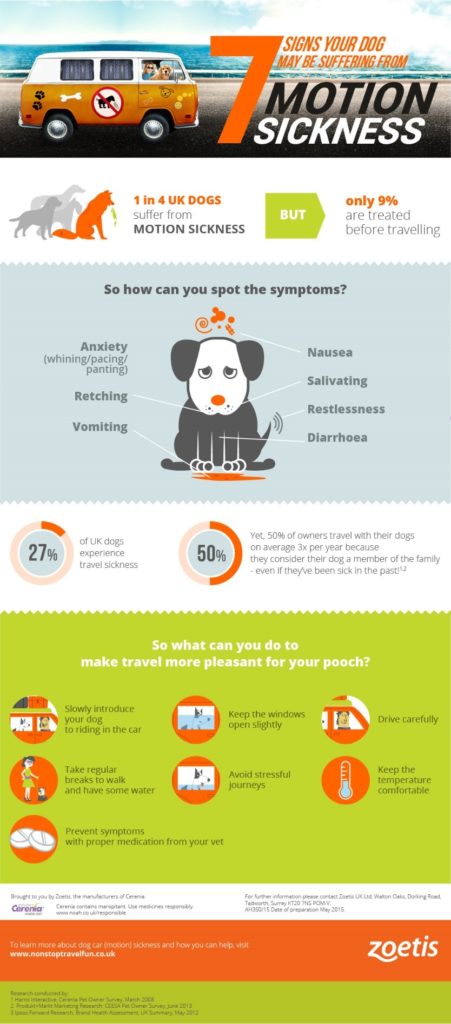
- Time for walkies…
You need a break from the road, so does your dog. You need to stretch your legs, so does your dog. You need to answer the call of nature, so does…you get the picture. Do each other a favour and make time for a walk or two during your journey.
But hang on. The hard shoulder is a no-go. And the service station car park isn’t exactly exhilarating. How do you find a walk you will both enjoy, beside the motorway, in a county you’ve never visited? Ah, the wonders of the www.
- A cup of tea and a bite to eat…
When you are driving long distances, you need to keep your batteries charged. Driving on an empty stomach is no fun and not very smart. No matter where you are in the UK, you can find a tasty bite to eat in a pub that will welcome both you and your four-legged companion using either of these websites. The friendliest of pooch-friendly pubs will even offer a bowl of water and some biscuits for weary pups. Perfect.
- Long journey? Bed down for the night.
For really long motorway trips, you might want to schedule a stopover to break up the journey. But before you resign yourself to an uncomfortable night in the car, you should know that there are hundreds of dog-friendly campsites, hotels and really fancy hotels where you can enjoy a far more peaceful night’s rest. Zzz.
This blog and images have been supplied by petdialog.co.uk If you are planning a long journey with your dog and need any further advice, our experienced team are on the phone to answer any queries that you may have. Contact Us.

